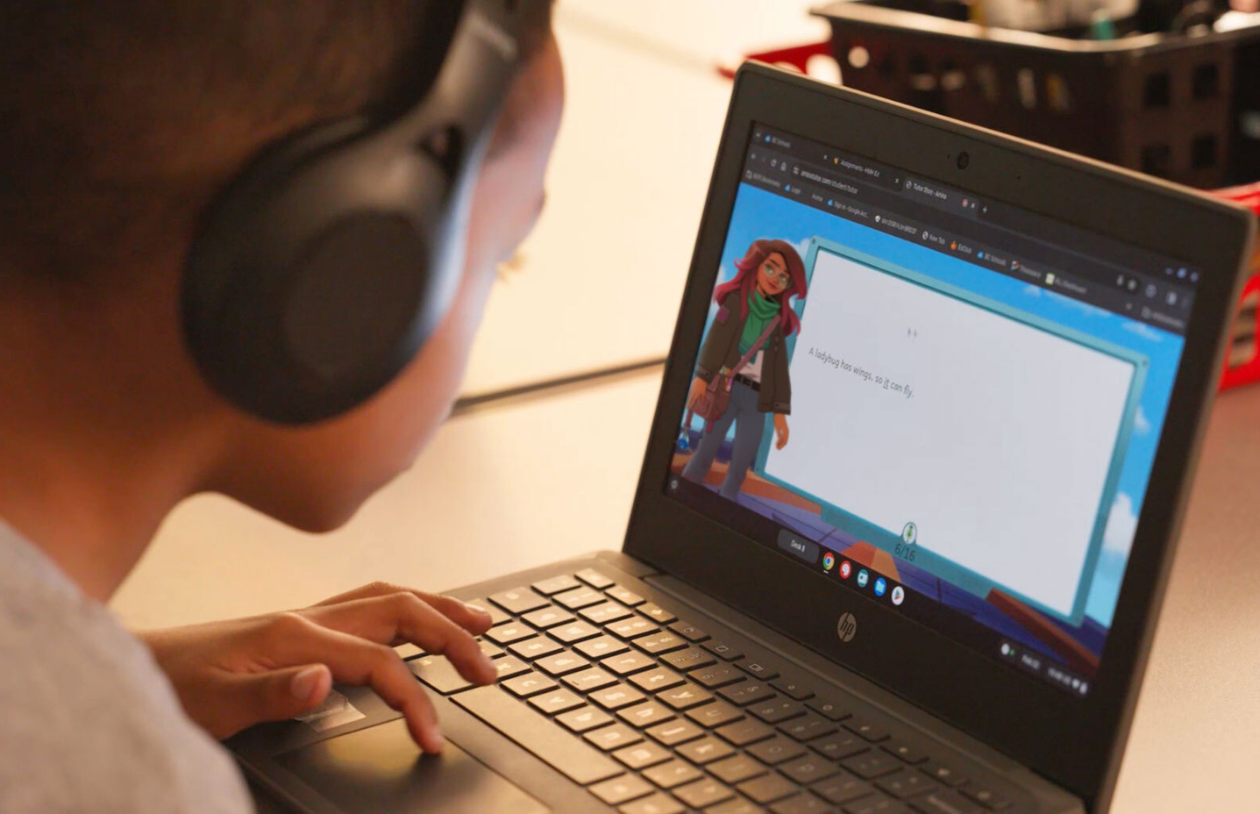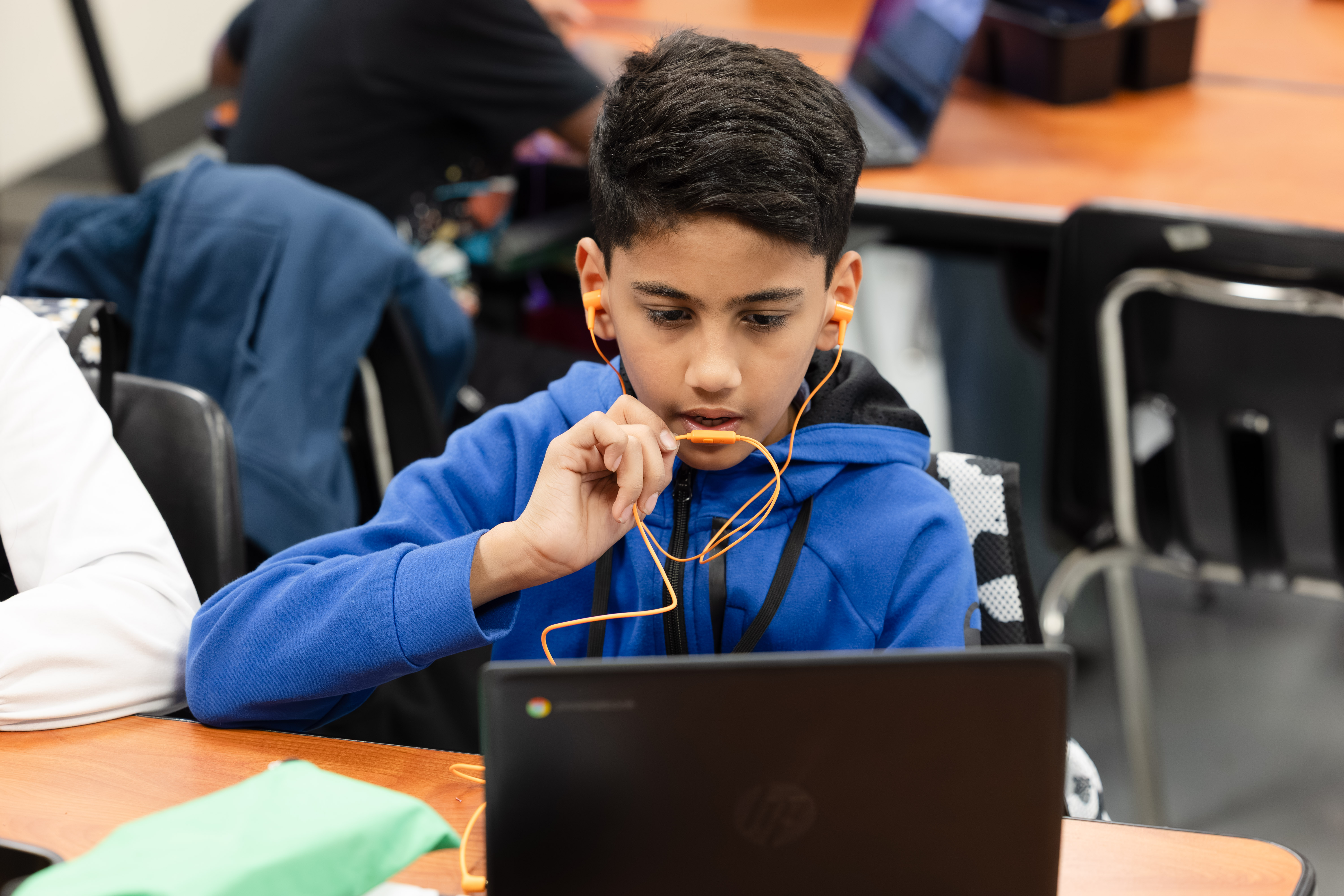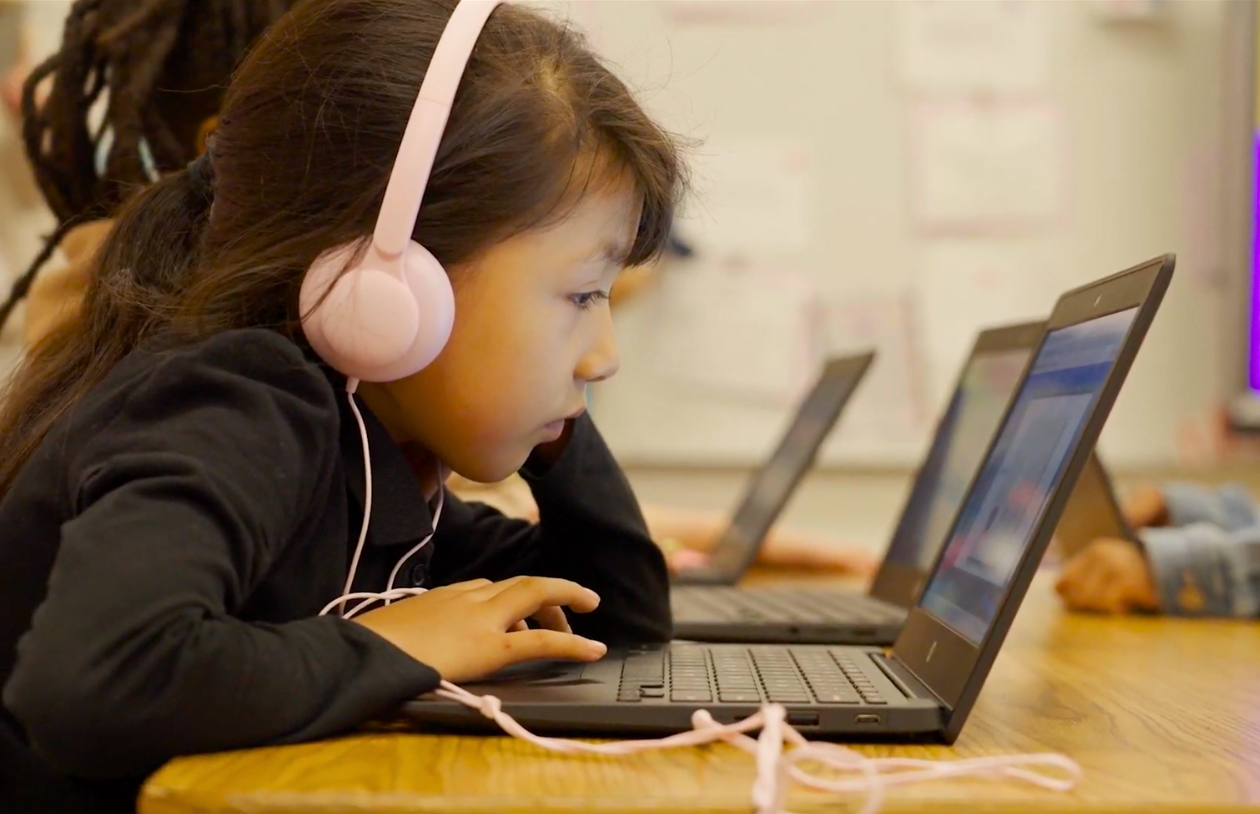How Amira Transforms Dyslexia Screening into Intervention

Dyslexia is the most common learning disability, yet one of the hardest to capture fully. It does not look the same for every student. For some, it shows up early as difficulty recognizing and manipulating sounds. For others, it emerges in slower word retrieval, weaker memory, or fluency that never quite becomes automatic.
The Science of Reading has taught us that no single measure can capture this complexity. That’s why Amira’s dyslexia and reading risk screener is built on three converging frameworks: the International Dyslexia Association’s (IDA) guidelines, the Multiple Deficit Model (MDM), and the Active View of Reading.
Together, these models provide a scientifically robust foundation for screening that not only identifies risk but also guides what to do next.
Using IDA Constructs to Catch Early Signals
The IDA guidelines define the most reliable early indicators of dyslexia risk. These constructs are not just skills to measure—they are the most reliable early signals of dyslexia risk, validated by decades of research. Amira incorporates each of these constructs into grade-appropriate tasks.
- In kindergarten, when most children are still pre-readers, Amira emphasizes RAN, phoneme segmentation, nonword repetition, and visual attention, skills that reveal risk even before word reading has begun.
- By first grade, Amira expands to include phoneme blending, letter-sound fluency, and word identification, building on what children are learning in the classroom.
- In second grade and beyond, oral reading fluency and comprehension are added, while still monitoring phonological and memory-related processes.
This developmental design ensures that teachers see the earliest signals of risk, aligned with what neuroscience tells us about how the reading brain takes shape.
Applying the Multiple Deficit Model to Capture Dyslexia’s Complexity
The Multiple Deficit Model (MDM) recognizes that dyslexia rarely arises from a single cause. Instead, it reflects the interaction of multiple systems. Amira reflects this model by:
- Measuring across each of these domains through authentic oral reading tasks.
- Capturing error patterns, timing, and fluency behaviors that reveal how skills work together.
- By adapting in real time and examining multiple reading behaviors, Amira reveals areas of risk that traditional screeners often miss.
For teachers, this means Amira identifies where students are struggling and adds context to explain why progress may be stalled, helping uncover the barriers to reading growth.
Leveraging the Active View to Connect Screening to Instruction
The Active View of Reading reframes reading as a dynamic process involving self-regulation, word recognition, bridging processes, and comprehension construction. This model reflects what we now know from neuroscience: that reading requires coordination across multiple brain networks, not just decoding and language. Amira is designed with this model in mind by measuring:
- Self-regulation and processing efficiency through RAN, visual attention, and timing data.
- Word recognition via phonemic awareness, letter-sound fluency, and decoding.
- Bridging processes such as fluency and vocabulary.
- Comprehension construction through listening comprehension, retell, and text-based questions.
Amira captures performance across all of these dimensions, connecting screening results directly to instructional recommendations. Reports provide insights along Scarborough’s Reading Rope and the Active View, ensuring teachers see not just scores, but actionable insights connected to district curriculum.
From Identification to Action
Most screeners stop at the point of identification. They provide a simple binary label, “at risk” or “not at risk,” and leave teachers to figure out the rest. Those labels often feel frustrating and insufficient because they don’t explain why a student is struggling or what to do next.
Amira takes a different approach. Each screening result is translated into skill-specific insights. From there, Amira automatically generates Individualized Reading Instruction Plans (IRIPs) that connect those findings directly to the next instructional steps, ensuring coherence with district curriculum and standards. At the classroom and district level, Amira provides dashboards that highlight trends, risk levels, and instructional priorities for MTSS teams.
Screening becomes a bridge to instruction and intervention, giving teachers actionable guidance right at their fingertips.
Closing
The science is clear: dyslexia is complex and multidimensional and best addressed through early, comprehensive screening. By integrating the IDA constructs, the Multiple Deficit Model, and Duke’s Active View of Reading, Amira ensures that no critical signal is missed. But more importantly, Amira goes beyond science to make screening instructionally meaningful.
Most screeners stop at identification. Amira is different. Amira translates brain science and data into instructional guidance for every teacher, ensuring every student has the chance to become a proficient reader.
Read more from the AI & The Reading Brain Blog


.avif)
